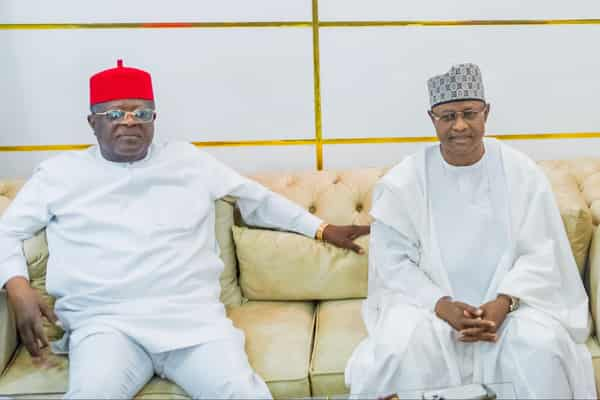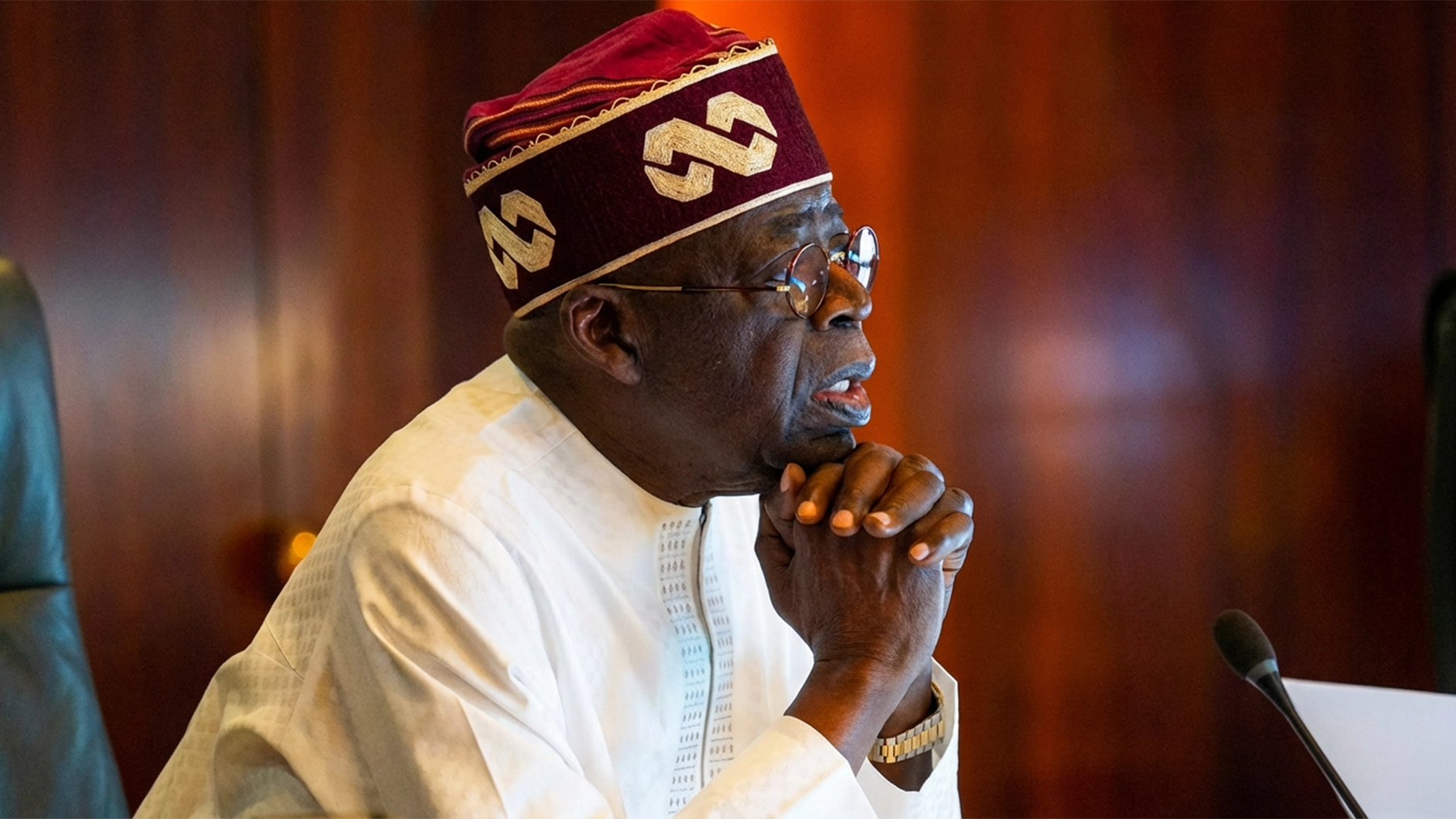Kaduna State Governor, Uba Sani, and the Minister of Works, David Umahi, have met to review progress and accelerate the completion of the Abuja–Kaduna highway rehabilitation project.
The meeting, held in Abuja, was part of ongoing efforts by the Governor to ensure the timely delivery of one of Nigeria’s most strategic transport corridors.
In a statement on Saturday, Commissioner for Information, Mallam Ahmed Maiyaki, said discussions focused on expediting work on the Abuja–Jere–Kaduna section of the expressway, described as a lifeline for millions of Nigerians who depend on it daily for travel, trade, and social connections.
Governor Sani emphasized that the highway goes beyond regional importance, describing it as a “national artery” crucial to the socio-economic integration of the northern region.
He said the Abuja–Kaduna–Kano Expressway represents a key component of President Bola Ahmed Tinubu’s Renewed Hope Agenda, in line with the administration’s commitment to modern infrastructure and enhanced economic competitiveness.
“This expressway is not just a road — it is an economic corridor that connects people, markets, and opportunities across northern Nigeria and beyond,” Sani said.
In his remarks, Umahi commended Governor Sani for his consistent advocacy and engagement on behalf of Kaduna residents.
He reaffirmed the Federal Government’s resolve to complete the project on schedule, adding that contractors had been instructed to operate double shifts to accelerate progress without compromising quality.
The Minister also noted that the use of durable concrete pavement technology would ensure long-term sustainability and reduce maintenance costs.
He said the contractors handling the project have pledged to intensify work, especially along the Jere–Kaduna corridor, where progress is being closely monitored.
The Kaduna State Government reaffirmed its partnership with the Federal Ministry of Works to ensure smooth coordination and address local challenges affecting project delivery.
Sani described the expressway as a symbol of renewed hope, unity, and sustainable development — a testament to the shared commitment of both federal and state governments to provide infrastructure that transforms lives and drives national growth.






